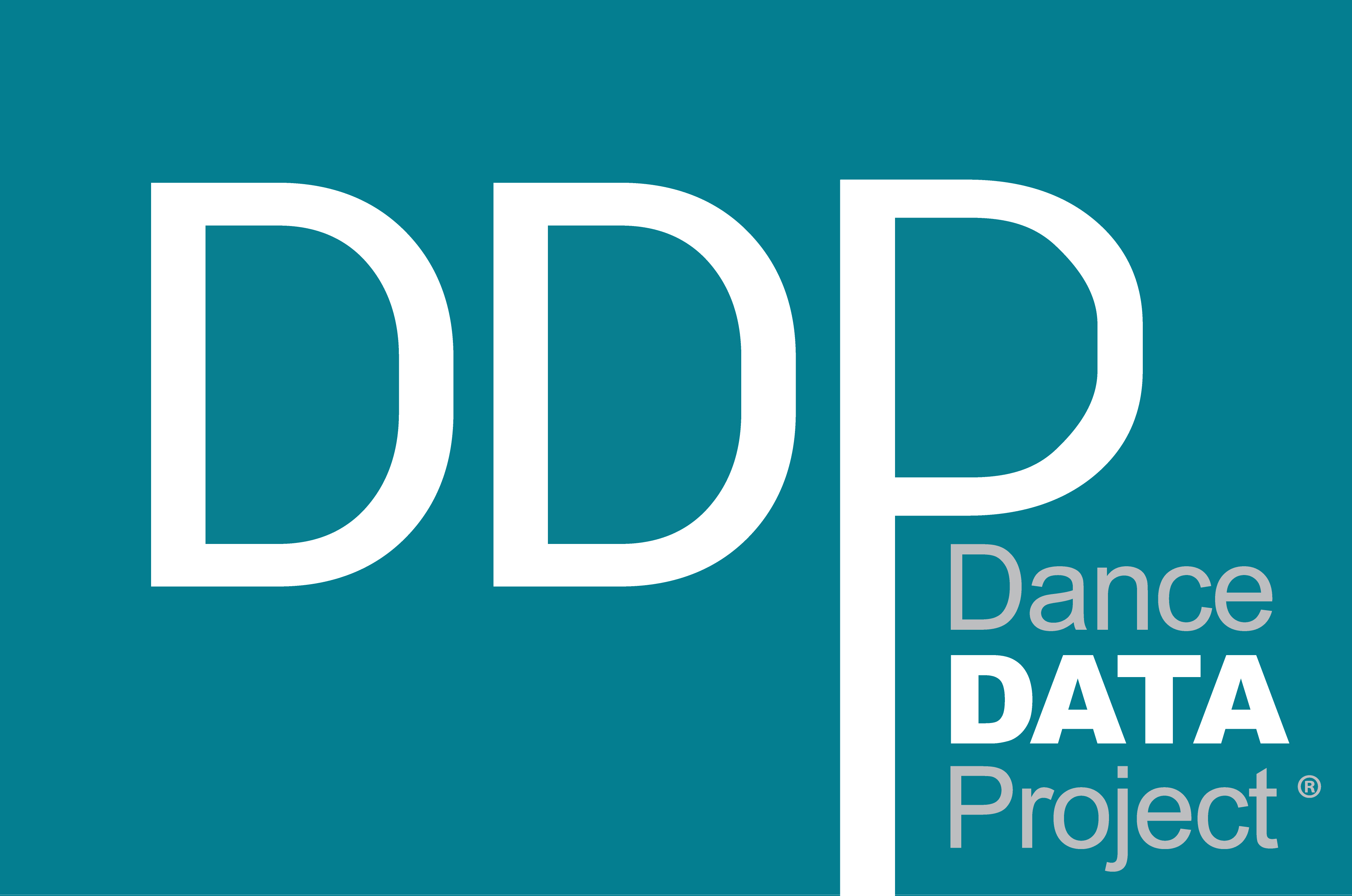Women’s Programming Should Be As Diverse As Men’s
"The Devil Ties My Tongue" by Amy Seiwert performed for the SKETCH Series, 2013. Photo by David DeSilva. Courtesy of Amy Seiwert's Imagery
April 30th: South Arts: Professional Development & Artistic Planning Grants, April 30th: South Arts: Express Grants, May 6th: Doris Duke Foundation Grant, May 7th: South Arts Individual Artist Career Opportunity Grant, May 27th: Dancemakers Residency, June 1st: Miami DanceMakers
×
"The Devil Ties My Tongue" by Amy Seiwert performed for the SKETCH Series, 2013. Photo by David DeSilva. Courtesy of Amy Seiwert's Imagery
South East Dance has announced recent programming to challenge pervasive and systematic inequity in the UK dance scene.
According to UK’s Broadway World’s News Desk, the program, 20:20 Vision, “will feature 20 unique performances from 20 choreographers and producers, all of whom identify as women or non-binary artists.”
The programming is non-classical and certainly defies the norms of productions often commissioned at the Royal Opera House and Sadler’s Wells theatre. An aerial dance company, Gravity & Levity, will perform, according to Broadway World, along with choreographers such as Janine Harrington, a dance artist whose work explores movement and technology.
The program has a significant purpose: to highlight the gender-imbalance and “challenge the status quo and perceptions of what dance is, who makes it, what it can achieve and who it’s for.” But the program also highlights an additional issue we must tackle as a community. When a work diverges too far from classical ballet, or the modern forms of the art, choreographers risk their work falling under an identification that may never be accepted by ballet audiences.
20:20 Vision is exciting and places women in the spotlight – where they should be – but to expect works that diverge so drastically from even the most experimental works the Royal Ballet could perform (think productions like Divergence by Crystal Pite or even Christopher Wheeldon’s Alice in Wonderland) gives such companies basis to ignore urges to program women.
A work that could be identified as “out there” or “extreme” is highly specialized. Ballet and the programming selected for classical/neoclassical companies are specific to those trained in balletic technique and audiences seeking a more identifiable combination of technique, story, and music. Deviating forms of dance, like aerial and even the less-abstract work of Harrington, which can combine several mediums and abstract ideas, do not fall into the same target audiences of a classical ballet company like the Royal Ballet. Sadler’s Wells can perhaps tackle the more experimental programming, as it is no longer associated with only classical ballet, but these major main stages require large-scale productions that capture at least one of the elements a classical ballet audience seeks.
Women’s programming is too often solely associated with experimental productions like those featured in 20:20 Vision. Just like the repertoire we see in men’s programming, women’s programming can and should cover a wider range of works and styles.
Read about 20:20 Vision here.
Reach out to us to learn more about our mission.
"The Devil Ties My Tongue" by Amy Seiwert performed for the SKETCH Series, 2013. Photo by David DeSilva. Courtesy of Amy Seiwert's Imagery
 Courtesy of Cheryl Mann via Daily Nexus
Courtesy of Cheryl Mann via Daily Nexus Broadway World: Ergo Arts Theatre Announces 2nd Annual ERGO PINK FEST
Broadway World: Ergo Arts Theatre Announces 2nd Annual ERGO PINK FEST
Leave a Reply
Want to join the discussion?Feel free to contribute!